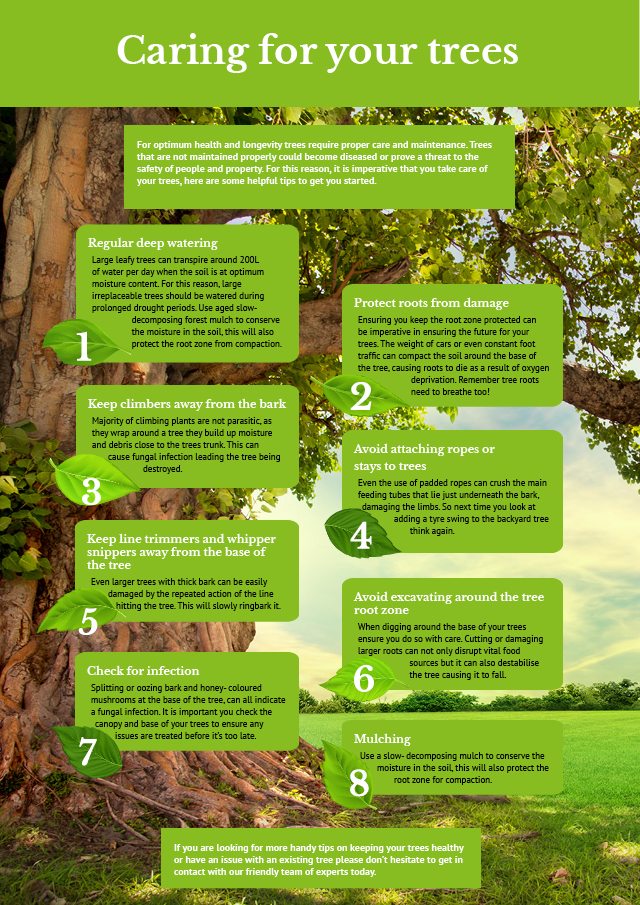Indicators It's Time For Tree Elimination: How To Recognize Unsafe Trees
Indicators It's Time For Tree Elimination: How To Recognize Unsafe Trees
Blog Article
Personnel Writer-Winther Enemark
When it concerns tree care, identifying the indications that it's time for removal is crucial for your security and building. You may discover blemished leaves, wilting branches, or strange fungal developments indicating health issue. Architectural issues, like a considerable lean or fractures in the trunk, can additionally position risks. Comprehending these warning signs can aid you make informed decisions regarding your trees and prevent possible dangers prowling in your backyard. What should you search for next?
Indications of Decay and Illness
When you observe signs of decay and condition in your trees, it's essential to act swiftly. Try to find stained leaves, wilting branches, or unusual growths like fungi. These can suggest that your tree is having a hard time.
If you see splits in the bark or soft, mushy wood, these symptoms recommend inner decay. In addition, an unexpected increase in bugs around your tree can signal that it's deteriorated and vulnerable.
Check for any type of dead or passing away arm or legs, as they present a risk to your residential or commercial property and safety and security. If you doubt about what you see, seeking advice from an arborist can give clarity.
Dealing with these signs early can conserve you from a lot more extensive damages and ensure the health and wellness of your lawn. Do not wait till it's too late.
Structural Instability and Leaning
As you observe your trees, watch out for any indications of architectural instability or leaning. If a tree leans dramatically, it might indicate that the root system is jeopardized.
Look for any kind of cracks in the trunk or soil around the base; these can signify potential failure. Furthermore, check for unusual development patterns, like a lopsided crown, which might recommend that the tree is battling to hold itself upright.
If you notice that the tree favors your home, power lines, or various other structures, it poses a higher threat. Don't overlook these signs-- seek advice from an arborist to evaluate the situation.
Acting early can protect against costly damages and guarantee your safety and security.
Dead or Dying Branches and Vegetation
If you notice dead or dying branches and foliage on your tree, it's a clear indication that something's wrong.
These undesirable locations can show underlying concerns like illness, pest infestations, or environmental anxiety. When branches lose their fallen leaves or turn brown, they're no longer contributing to the tree's health. Ignoring these indicators could lead to additional decrease, making your tree extra harmful.
Dead branches can quickly break short throughout tornados, posing a danger to residential or commercial property and individuals close by. Cherry Tree Pruning to analyze the degree of the damage.
If the trouble affects a substantial part of the tree, take into consideration consulting a specialist. They can aid establish if elimination is required to guarantee safety and maintain the appeal of your landscape.
Final thought
If you observe any type of signs of degeneration, structural instability, or dead branches on your trees, don't overlook them. These signs can pose significant security dangers to you and your building. It's constantly best to seek advice from a specialist arborist who can provide an expert analysis of your trees. Doing Grinding A Stump about it early can protect against crashes and pricey damages, ensuring your landscape stays secure and healthy and balanced. Remember, it's much better to be positive concerning tree care than to wait on a calamity to happen.
